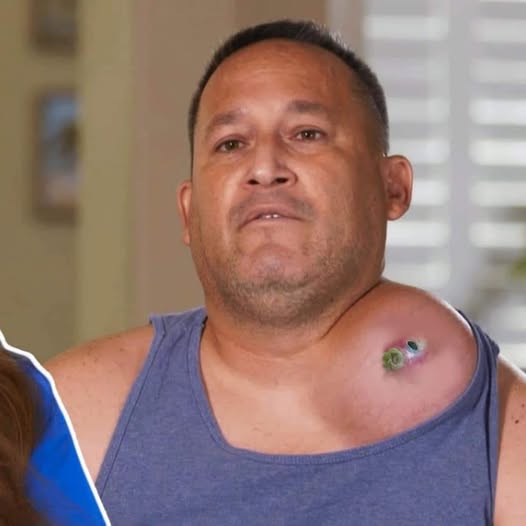A cyst is a benign, encapsulated lesion that consists of a fluid sac which contains liquid, or semi-fluid material. It can vary in shape, size and location. The most common types of cysts are reviewed here.
Acne, acne cysts, and sebaceous cysts are benign skin lesions and are one of the most common reasons which patients consult with dermatologists like Dr. Michele Green in Manhattan. Sebaceous cysts are the most common type of cyst, and are slow-growing noncancerous bumps on the skin. However, if sebaceous cysts are left untreated, they tend to enlarge, get infected, and cause cosmetic scarring. Dr. Michele Green treats these sebaceous cysts in her Upper East Side NYC office each day. Through her minimally invasive techniques, she treats these cysts in a cosmetically elegant way, and avoids any unnecessary scarring.
What is a Sebaceous Cyst?
A Sebaceous cyst is like a large pimple. Similar to acne, sebaceous cysts form within or near hair follicles. Sebaceous cysts are benign, firm or palpable growths, which can present as a small lump under the dermis. These cysts are formed from dirt, or excess oil, or a build-up of dead skin and sebum which gets trapped due to clogged hair follicles. Sebaceous cysts can grow rapidly, enlarging over the course of days or weeks.
These cysts most commonly present on the face, back and chest, where the majority of sebaceous glands exist. They do not occur on the palms of the hand or soles of the feet. Sebaceous cysts form a lump under the skin and initially looks like a small bump. The overlying skin is usually flesh colored or yellow in appearance due to the build up of sebum, pus, and keratin. These cysts grow slowly and can also be formed from trauma. Sebaceous cysts may initially be painless, although as large cysts develop, they often become painful. Most sebaceous cyst are not life-threatening, and they can often resolve on their own. However, some sebaceous cysts do not resolve and need further treatment. Depending on the location of the cyst, the amount of discomfort, the possibility of infection and scarring, and the cosmetic ramifications, these cysts will need to be treated and removed by Dr. Green in her NYC office.
Performing blackhead extractions at home can be effective if done correctly and hygienically. Here’s a detailed, step-by-step guide based on expert recommendations:
🧼 Step-by-Step Guide to Safe Blackhead Extraction
1. Cleanse Your Skin
Begin by washing your face with a gentle cleanser to remove dirt, oil, and makeup. This ensures the extraction process is performed on clean skin, reducing the risk of infection.
2. Steam to Open Pores
Steaming softens the debris within pores, making extraction easier. You can steam your face by placing a towel over your head and leaning over a bowl of hot water for about 10 minutes. Alternatively, use a facial steamer.
3. Prepare Your Tools
-
Sanitize: Disinfect any extraction tools with rubbing alcohol.
-
Wrap Fingers: If using fingers, wrap them in clean tissues to prevent slipping and minimize bacteria transfer.
4. Extraction Techniques
-
Using Fingers: Gently press around the blackhead with tissue-wrapped fingers. Avoid using nails to prevent skin damage.
-
Using an Extractor Tool: Place the loop over the blackhead and apply gentle pressure. If the blackhead doesn’t release easily, stop to avoid skin trauma.
5. Post-Extraction Care
After extractions, cleanse your skin again to remove any residual debris. Apply a toner or witch hazel to help tighten pores and calm the skin. Finish with a non-comedogenic moisturizer to keep the skin hydrated.
⚠️ Important Tips
-
Do Not Overdo It: Limit extractions to once a week to prevent skin irritation.
-
Avoid Inflamed Areas: Do not attempt to extract inflamed or cystic acne. Seek professional help for such conditions.
-
Know When to Stop: If a blackhead doesn’t come out with gentle pressure, leave it. Forcing it can lead to scarring.
🧴 Prevention Tips
-
Regular Exfoliation: Use products containing salicylic acid to help prevent clogged pores.
-
Non-Comedogenic Products: Choose skincare and makeup products labeled as non-comedogenic.
-
Consistent Skincare Routine: Maintain a routine that includes cleansing, exfoliating, and moisturizing.
For a visual demonstration, you might find this video helpful:
If you have further questions or need product recommendations, feel free to ask!

Leave a Reply